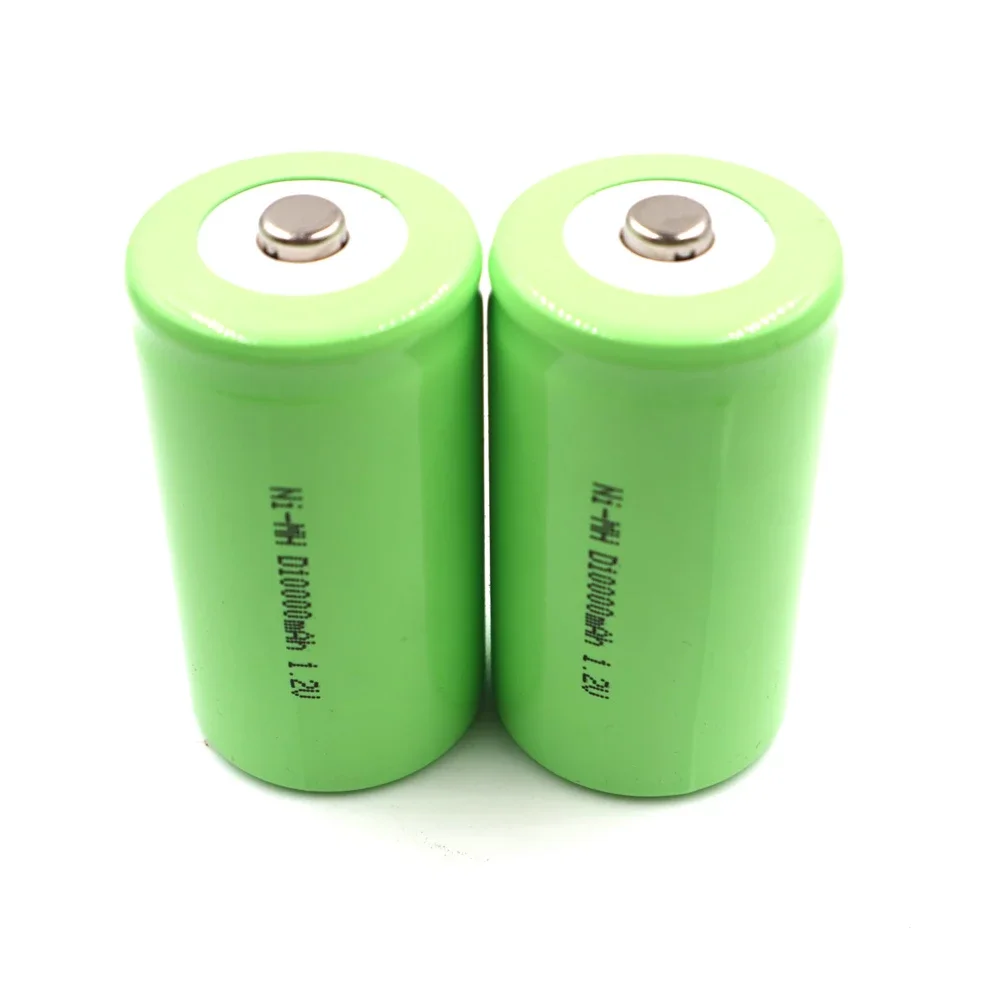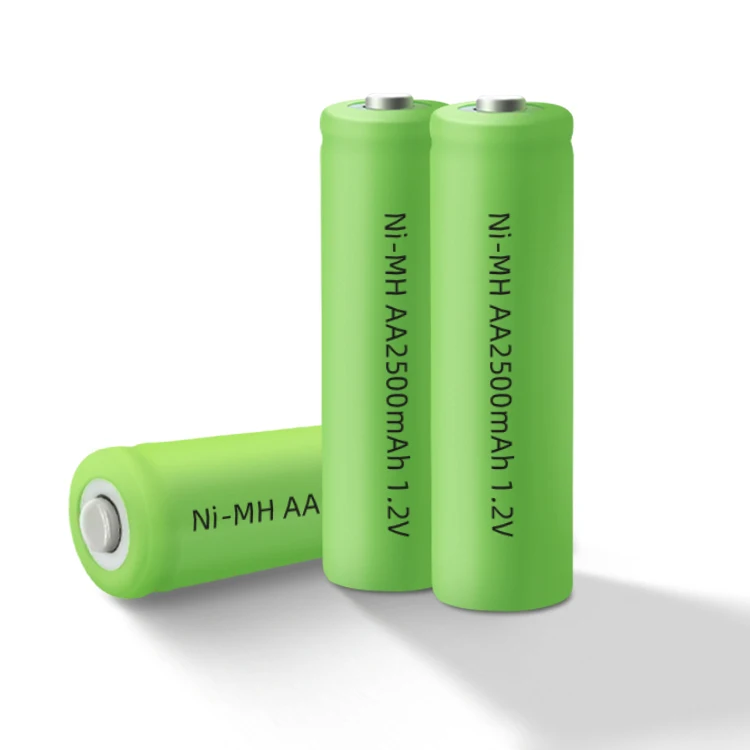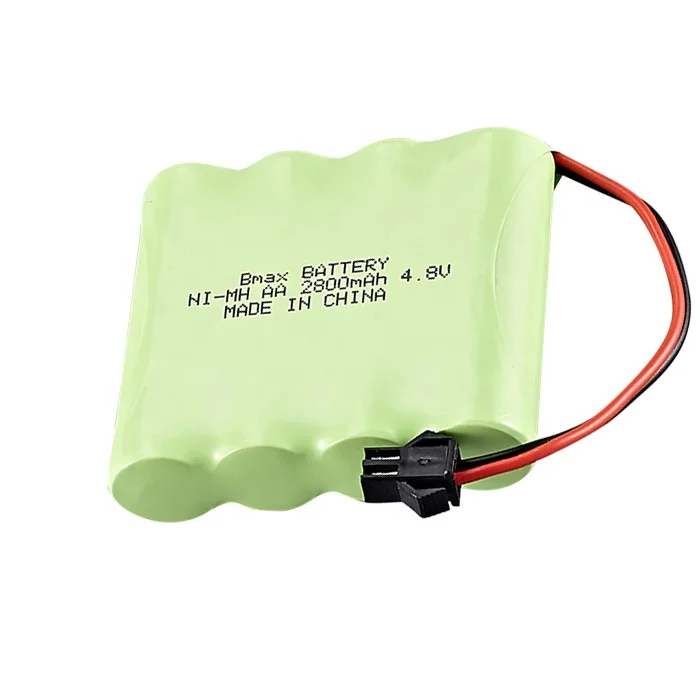Nickel Metal Hydride (NiMH) batteries are widely used in various electronic devices due to their rechargeable nature and relatively high energy density. However, like all rechargeable batteries, NiMH batteries have a limited lifespan that can be affected by various factors. To maximize the longevity of your NiMH batteries and get the most out of them, it’s essential to understand how to properly care for and maintain them. In this comprehensive guide, we’ll explore effective tips and tricks to extend the lifespan of NiMH batteries.
Before we delve into the tips for extending NiMH battery lifespan, let’s briefly review the fundamentals of NiMH batteries:
Composition: NiMH batteries consist of nickel oxyhydroxide (NiOOH) as the positive electrode, a hydrogen-absorbing alloy as the negative electrode, and an alkaline electrolyte.
Rechargeability: NiMH batteries are rechargeable, meaning they can be recharged and reused multiple times, making them a cost-effective and environmentally friendly choice.
Applications: NiMH batteries are commonly used in various devices, including digital cameras, cordless phones, power tools, and hybrid vehicles.
Tips and Tricks to Extend NiMH Battery Lifespan
- Proper Charging: One of the most critical factors in extending NiMH battery lifespan is proper charging. Avoid overcharging or undercharging NiMH batteries, as both can degrade their performance and reduce lifespan. Use a smart charger specifically designed for NiMH batteries, which can detect when the battery is fully charged and automatically stop charging to prevent overcharging.
- Avoid Deep Discharges: Unlike some other types of rechargeable batteries, NiMH batteries do not suffer from memory effect. However, deep discharges can still damage NiMH batteries and reduce their lifespan. Avoid completely draining NiMH batteries before recharging them. Instead, recharge them as soon as their capacity drops to around 30-40%.
- Store at Partial Charge: If you’re not planning to use NiMH batteries for an extended period, store them at a partial charge (around 40-60% of their capacity). Storing NiMH batteries at full charge or completely discharged state can lead to degradation over time. Use a battery storage case or container to protect NiMH batteries from moisture and temperature fluctuations during storage.
- Avoid Extreme Temperatures: NiMH batteries perform best within a moderate temperature range (typically between 10°C to 30°C or 50°F to 86°F). Avoid exposing NiMH batteries to extreme temperatures, as both high and low temperatures can degrade battery performance and shorten lifespan. Store NiMH batteries in a cool, dry place away from direct sunlight and heat sources.
- Use the Right Charger: Use a charger specifically designed for NiMH batteries and follow the manufacturer’s instructions carefully. Avoid using chargers not intended for NiMH batteries, as they may not provide the correct charging voltage and current, leading to overcharging or undercharging. Consider investing in a quality smart charger with features like individual cell monitoring and temperature sensing for optimal charging performance.
- Avoid Rapid Charging: While NiMH batteries can tolerate fast charging to some extent, avoid rapid charging them on a regular basis. Rapid charging generates more heat, which can stress the battery and reduce its lifespan over time. Opt for slower charging rates whenever possible to minimize heat buildup and prolong battery life.
- Rotate Battery Usage: If you have multiple NiMH batteries, rotate their usage to ensure even wear and tear. Avoid always using the same set of batteries in a device, as this can lead to uneven degradation. Instead, alternate between different sets of batteries to distribute the workload and extend overall battery lifespan.
- Perform Regular Maintenance: Periodically check NiMH batteries for signs of corrosion, leakage, or physical damage. Clean the battery contacts with a dry cloth or a cotton swab dipped in rubbing alcohol to remove any dirt or debris. Inspect battery terminals for any signs of rust or corrosion and clean them if necessary to ensure good electrical contact.
- Avoid Mixing Battery Types: Avoid mixing different types, capacities, or brands of NiMH batteries in the same device. Mixing batteries with different characteristics can lead to uneven discharge rates, causing some batteries to be overworked while others remain underutilized. This can result in premature failure of the overworked batteries and reduced overall performance.
- Recycle Properly: When NiMH batteries reach the end of their lifespan and can no longer hold a charge effectively, recycle them properly. Many communities have battery recycling programs or drop-off locations where you can dispose of old batteries safely. Recycling NiMH batteries helps prevent harmful chemicals from entering the environment and allows valuable materials to be reclaimed for reuse.
Conclusion
NiMH batteries are versatile and reliable power sources used in a wide range of electronic devices. By following these tips and tricks for extending NiMH battery lifespan, you can maximize the performance and longevity of your batteries, ultimately saving money and reducing environmental impact. Proper charging, storage, usage, and maintenance practices are essential for ensuring that NiMH batteries remain in optimal condition for as long as possible. By taking care of your NiMH batteries, you can enjoy extended use and reliable performance from your electronic devices for years to come.


